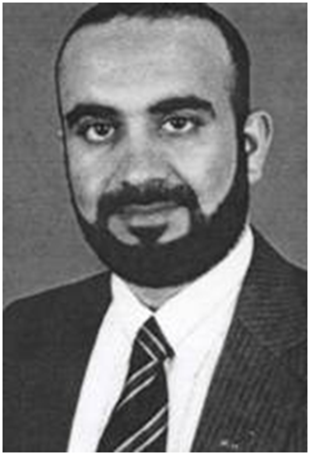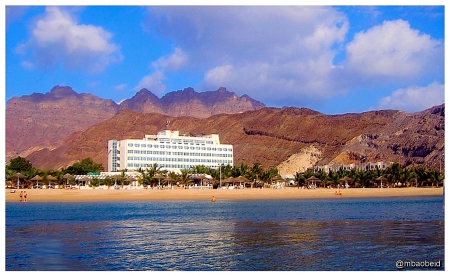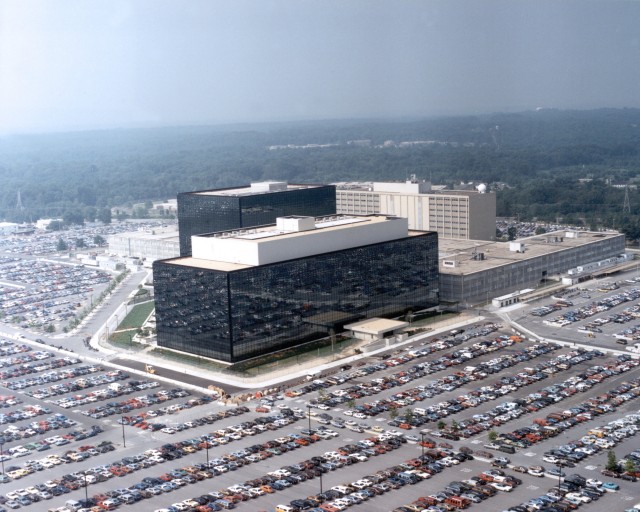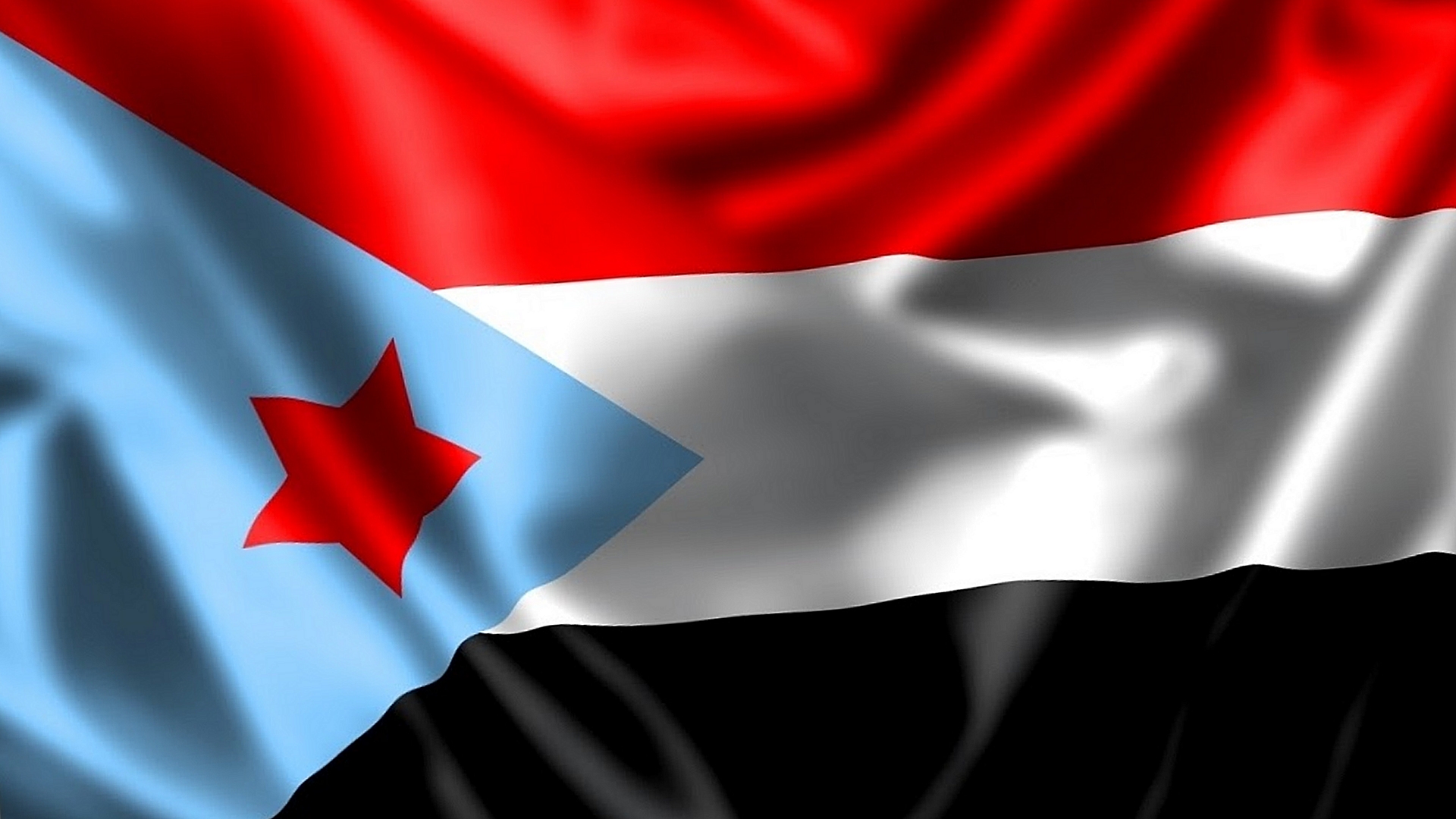Y2K fever reaches its peak, having captivated the country—and particularly Washington—for the past four or five years on the uncertainty that computerdom will able to process information properly when the Year Two Thousand arrives.
The fear, worked on for months and involving billions of dollars, is to forestall the possibility that December 31, 1999 will be followed by January 1, 1900, thus disabling systems that depend upon time synchronization.
In Washington in particular, dire predictions abound of a digital Pearl Harbor, with the effects that airplane navigation systems will fail, that telecommunications will halt, that financial records will die, with trillions in assets disappearing. An entire industry forms to eradicate the problem of the Y2K bug.
Richard Clarke later writes of his experiences on New Year’s Eve: “In a vault just off the floor of the Y2K Coordination Center, we waited for midnight in Riyadh, then in Paris … I could hardly hear [FBI special agent] John O’Neill when I called his cell phone; he was at the New York Police Command Post in Time Square … At midnight I went to the roof to look down on the celebration at the Lincoln Memorial … At 3:00 a.m., we went back to the rooftop and popped open a bottle.” (Against All Enemies, p. 214)



